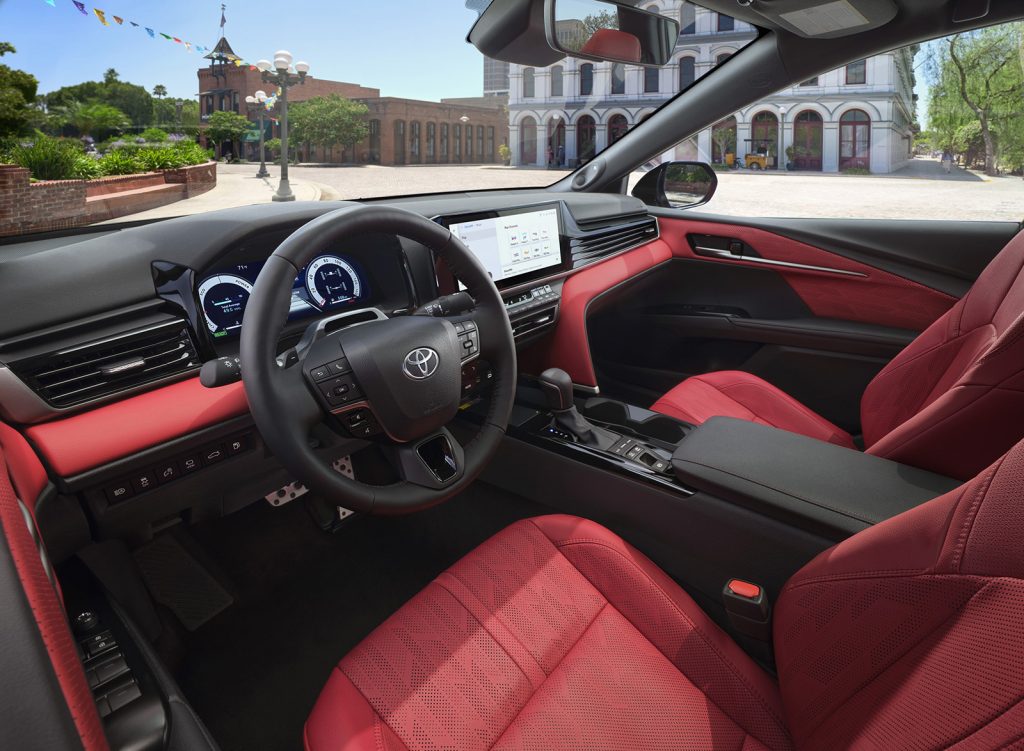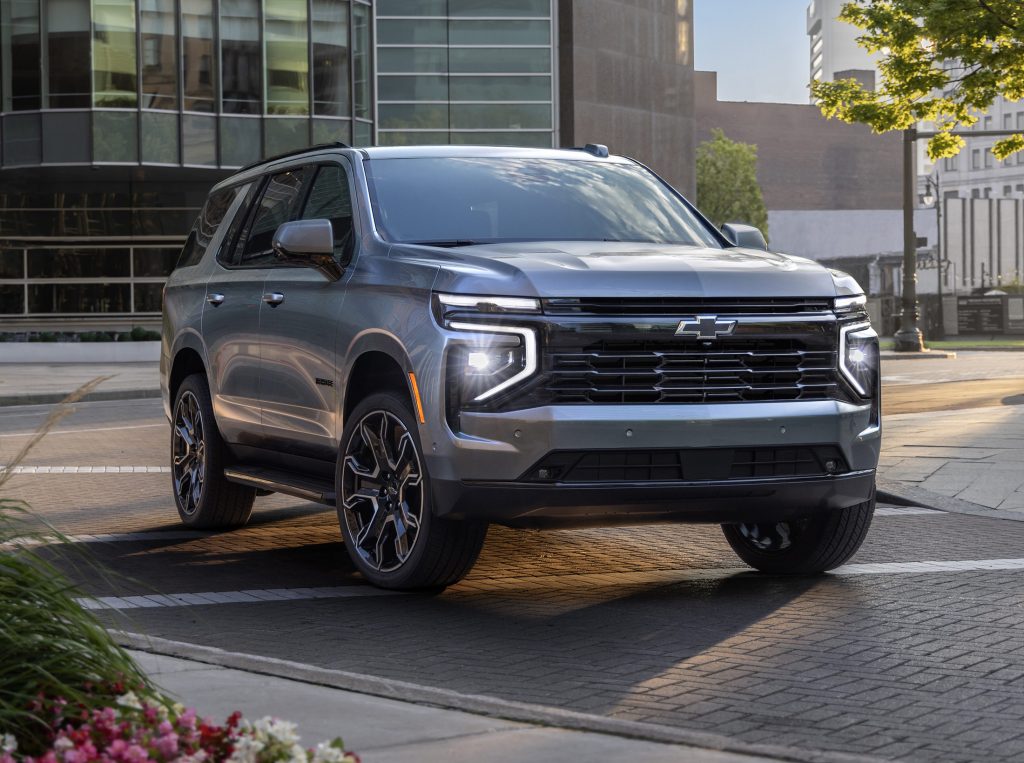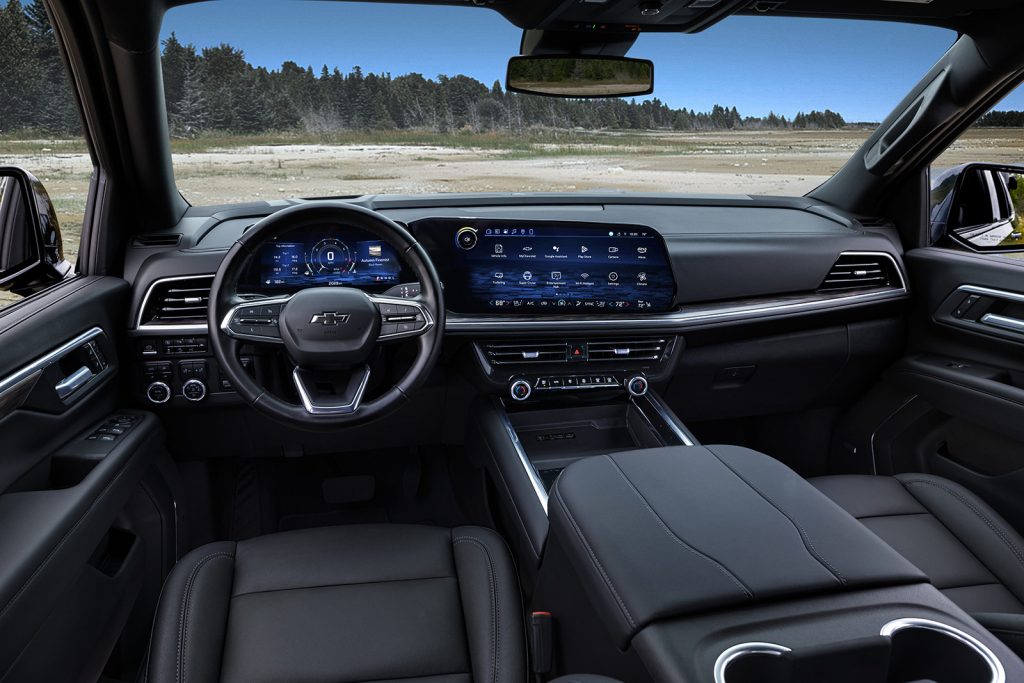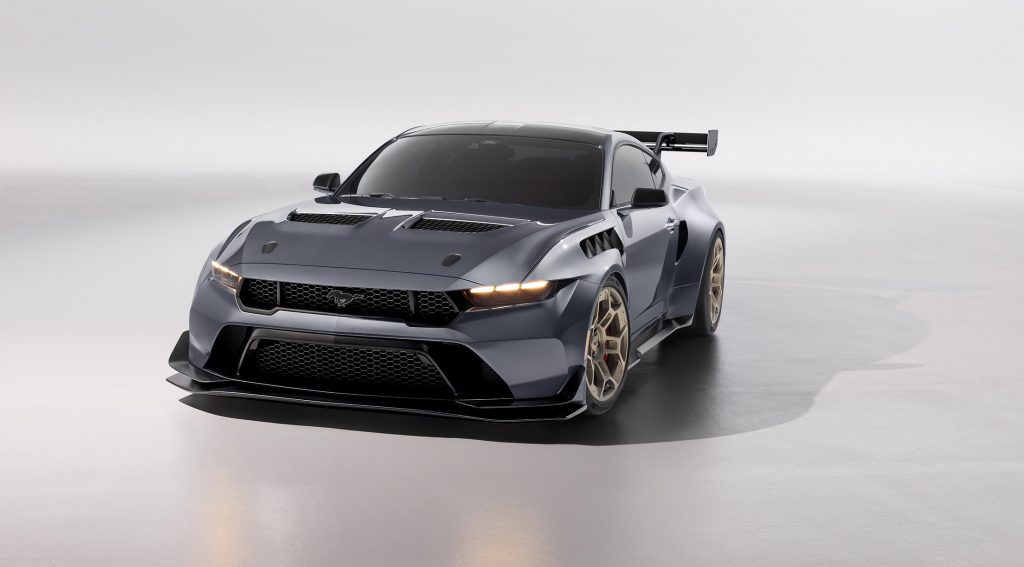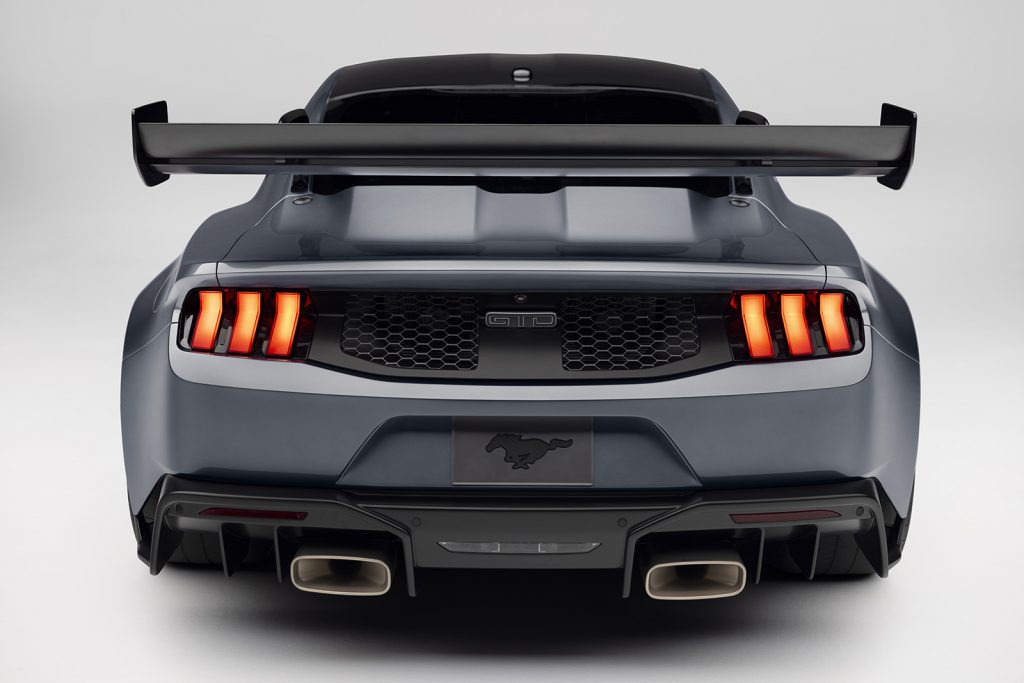Cargazing
By Derek Price
It’s no secret that sedan sales have been tanking in America as buyers crave crossovers and SUVs.
Ford famously dropped sedans entirely from its lineup in recent years, and Chevrolet appears to be following suit after whittling its four-door-family-car lineup down to a single aging model, the Malibu.
Some writers are predicting the demise of the traditional sedan entirely. If there’s only one left standing at the end of the carnage, though, I think it will be this one: the Toyota Camry.
The Camry is one of the rare sedans that still enjoys strong sales in the modern era. Around 290,000 copies were purchased last year, enough to continue its reign as the best-selling sedan in America with no sign of letting up.
With an all-new generation of the Camry being released for 2025 — making it one of the few sedans receiving a major investment these days — one has to wonder exactly what Toyota would do, if anything, to turn the tides.
Would it make the Camry look tougher to woo some SUV buyers? Would it make a special off-road version or offer a roof rack on top?
Fortunately, after Toyota released pictures and details of the new model in recent weeks, we now know the answer is a resounding “no.” The 2025 Camry is more of the same, just — if you believe the press release — better.
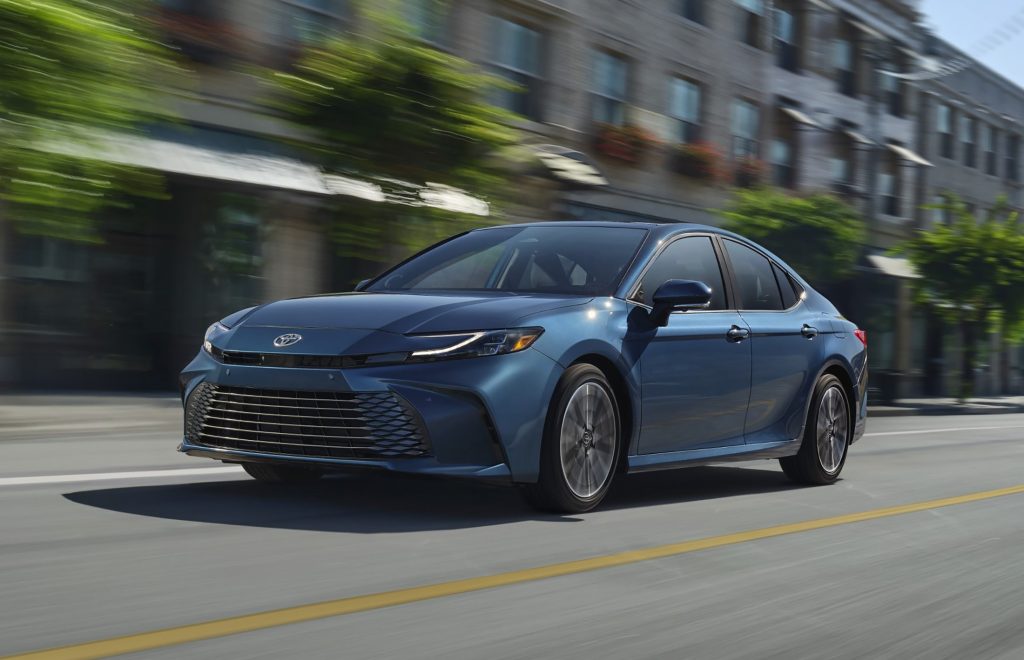
Toyota’s new-generation Camry will look very different when it hits America’s highways as a 2025 model.
There are some big changes coming to it. For starters, every single version is going to come with a hybrid powertrain. It’s also making all-wheel drive (AWD) available on every grade, an obvious nod to those SUV buyers who need traction in all kinds of weather.
A 2.5-liter, four-cylinder engine will be paired with two electric motors to create a combined 225 horsepower. AWD versions get a bit more power with 232 horses.
Based on pictures, this ninth-generation Camry should turn heads with its sleek new design. While this car built its reputation on frugality, dependability and staid styling in the 1980s and ‘90s, it’s gotten more outlandish in recent years. The new 2025 model isn’t as wild looking as the outgoing generation, to my eyes, but is trim and sleek in the vein of a handsome sports sedan.
Inside, this new generation seems to take a bigger break from tradition.
I’ll go out on a limb — well, maybe not much of a limb — and say this is the best-looking cabin a Camry has ever had. It’s airy, modern and even sleeker than the body. It also appears to be centered around the driver, the kind of design that could easily be penned for a new sports car, albeit a roomy one.
And yes, you can get the cockpit in red.
Granted, after decades of beige-on-beige blandness, the Camry doesn’t face a high hurdle to top its best-looking interior. Historically its buyers have been more interested in how it holds up over time, including that all-important sense of solidity and tight construction that makes a Toyota buyer feel borderline smug.
Having only seen it in pictures, I can’t vouch for whether the cabin’s feel matches the snazzy look. I can only hope that it lives up to this car’s reputation for being built to survive a nuclear apocalypse without developing a squeak or rattle.
It should be no surprise that the new Camry also participates in the Great Touchscreen Wars of the 2020s. This new version comes with a standard 8-inch screen at the lower end and 12.3 inches on higher-end trims.
Other standard features include wireless charging, wireless Apple CarPlay and Android Auto, along with both kinds of USB charging ports, Type A and Type C. There are three up front and two in back.
Pricing and fuel economy have not been announced. Expect both those numbers to arrive closer to its release date, which should be sometime this spring, Toyota says.
At A Glance
Expected price: Not announced yet
Power: 2.5-liter gasoline engine and two electric motors (combined 225 hp)
Standard wheels: 18 inches
Screen size: 8 inches (LE and SE), 12.3 inches (XLE and XSE)
Expected release: Spring 2024
Fuel economy: Not rated yet
PREDICTED RATINGS
Style: 9
Performance: 6
Price: 8
Handling: 7
Ride: 8
Comfort: 9
Quality: 9
Overall: 8
Why buy it?
An all-new design brings a fresh perspective to America’s best-selling sedan. Every new-generation Camry will be a hybrid, and its interior is the best this car has ever looked.

